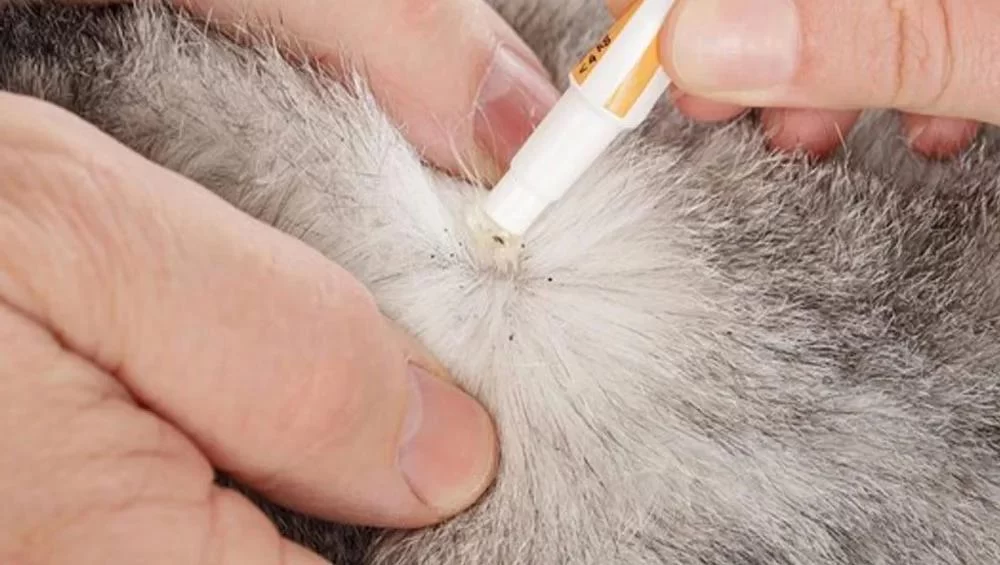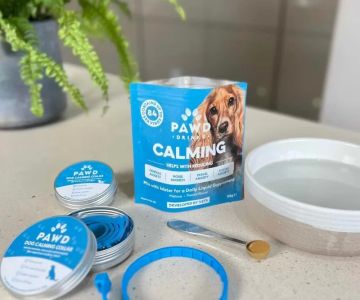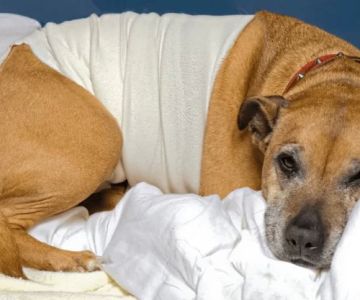Understanding Cat Flea Infestations
If you’ve ever dealt with a flea infestation in your home, you know how overwhelming and frustrating it can be. Fleas are not just a nuisance for your cat but can also cause health problems like itching, hair loss, and even more severe skin infections. In this article, I’ll share my personal experiences and some effective ways to treat and prevent cat flea infestations.
How Fleas Affect Your Cat
Fleas are tiny, blood-sucking insects that feed on your cat’s skin, causing intense itching and discomfort. But fleas are more than just an annoyance; they can transmit diseases such as tapeworms and Bartonella (also known as cat scratch fever), and in some cases, severe flea infestations can even lead to anemia in your cat. Fleas can also spread to other pets in the household, making it even more important to address the issue as soon as possible.
Symptoms of Flea Infestation
The first sign that your cat might have fleas is often excessive scratching, biting, or grooming. You may notice your cat trying to scratch behind its ears or around the neck. Another indication is the presence of small black specks—these are flea droppings that can often be seen on your cat’s fur or in its bedding. You may also spot fleas themselves, which are tiny, fast-moving insects. If you notice any of these signs, it’s important to act quickly.
Step-by-Step Guide to Treating Cat Flea Infestations
Now that you understand the risks of flea infestations, let’s walk through the steps to get rid of fleas and keep them from coming back. The treatment process involves several stages, including treating your cat, your home, and your yard if necessary.
1. Treating Your Cat with Flea Medication
The first step is to treat your cat directly. Flea medications come in various forms, including oral medications, topical treatments, and collars. I’ve found that topical treatments, like Frontline or Advantage, are the most effective and easiest to apply. These treatments usually last for a month and are applied directly to the back of your cat’s neck, where they can’t lick them off.
2. Using Flea Shampoos
If your cat is heavily infested with fleas, a flea shampoo can provide immediate relief. Flea shampoos kill fleas on contact and can be a good option if you’re looking to wash the fleas off your cat’s fur quickly. However, it’s important to note that flea shampoos alone are not a long-term solution. They should be used in conjunction with other treatments like flea spot-on treatments.
3. Flea Collars for Long-Term Protection
Flea collars can be another excellent solution for long-term protection. These collars release chemicals that repel and kill fleas, offering protection for several months. Some flea collars, like Seresto, are particularly popular because they’re effective and easy to use. However, not all cats are comfortable with wearing a collar, so make sure to monitor your cat’s reaction when using this method.
4. Flea Medications from Your Veterinarian
If over-the-counter treatments don’t seem to be working, or if your cat has a severe infestation, it’s a good idea to consult your veterinarian. Your vet can recommend prescription-strength flea treatments that are more potent and offer faster relief. Some of the most effective veterinary treatments include oral medications like Comfortis, which kill fleas within hours of ingestion.
How to Treat Your Home for Fleas
Treating your cat is only one part of the equation. Fleas live and reproduce in your home, so it’s crucial to treat your living environment as well. Here are some steps you can take to eliminate fleas from your home:
1. Clean and Vacuum Regularly
Flea eggs, larvae, and pupae can hide in cracks and crevices around your home, particularly in your pet’s bedding, carpets, and furniture. Vacuuming regularly and thoroughly can help remove these flea stages from your home. Make sure to dispose of the vacuum bag or empty the canister right away to prevent any fleas from hatching.
2. Wash Bedding and Furniture
Flea eggs and larvae can hide in soft fabrics like your cat’s bedding, your own bed, and even on your furniture. Wash all bedding in hot water, and use flea-repellent sprays on any fabric surfaces. You may also want to use a flea fogger or insecticide to treat more extensive flea infestations. Just be sure to follow the product instructions carefully to keep your pets safe.
3. Consider Professional Flea Control Services
If your home has a severe flea infestation that you can’t manage on your own, it may be time to call in professional pest control services. They can treat your home with stronger insecticides that are more effective than household products and can help eliminate fleas at every stage of their lifecycle.
Preventing Flea Infestations in the Future
Once you’ve successfully treated your cat and home, it’s essential to take steps to prevent fleas from coming back. Flea prevention is much easier than treating an infestation, so here are a few tips I’ve found to be helpful:
1. Regular Flea Treatments
Make flea prevention part of your regular routine. Continue using flea medications like topical treatments or oral medications on your cat year-round. Regular treatments will help keep fleas at bay and reduce the risk of reinfestation.
2. Keep Your Home Clean
As mentioned earlier, vacuuming regularly and washing your cat’s bedding frequently is essential to prevent fleas from taking hold in your home. Keeping your living spaces clean will make it harder for fleas to find a place to breed.
3. Limit Outdoor Exposure
If your cat spends a lot of time outdoors, they are more likely to pick up fleas from other animals. To reduce the risk of fleas, try to limit your cat’s outdoor time or supervise them while outside. If your cat does go outdoors, check them for fleas regularly.
Natural Flea Remedies
If you prefer a more natural approach to flea control, there are several remedies that can help. Essential oils like lavender and cedarwood can repel fleas, but these should only be used with caution and diluted properly, as some oils can be harmful to cats. Herbal flea collars and sprays are also available and can provide additional protection. Be sure to consult with your vet before using any natural remedies to ensure they are safe for your pet.
Final Thoughts
Dealing with a flea infestation in your cat can be a stressful experience, but with the right tools and treatments, you can eliminate fleas and prevent them from coming back. Whether you choose chemical treatments, natural remedies, or a combination of both, the key is to stay consistent and act quickly to protect your furry friend. Remember, if you’re ever unsure, it’s always best to consult your veterinarian for the best advice and treatment options.












